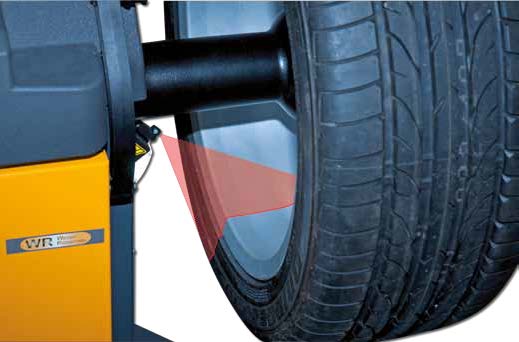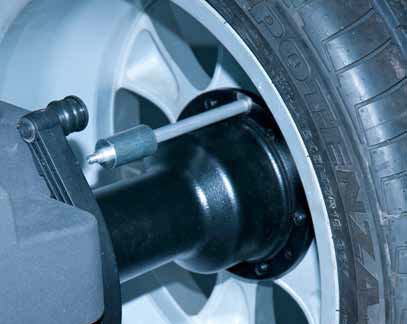Blog
Choosing the Right Wheel Balancer for Your Workshop
Every workshop needs a reliable wheel balancer. Balanced wheels deliver a smoother ride, improve handling, extend tyre life, and reduce strain on suspension and steering components. Without proper balancing, customers can experience vibration, uneven wear, and safety risks. Choosing the right balancer depends on the type of work you do, the vehicles you service, and the space and resources available in your workshop.
Manual Balancers
A manual balancer can be the most practical option for mobile service vans or workshops where space is tight. These machines are compact, straightforward to operate, and don’t rely on a motorised spin, making them ideal when the power supply is limited.
The SICE S606HS is explicitly designed for mobile service units. It runs on either 230V or 12V, has 11 programs for passenger, van and motorcycle wheels, and even offers hidden weight functions to keep alloy rims looking clean. It’s proof that a compact machine can still deliver professional results.
Semi-Automatic Balancers
Most passenger car workshops rely on semi-automatic machines. These units use a powered spin but still require the operator to input wheel details. They balance speed and cost, making them a reliable workhorse for general automotive work.
The SICE S63E is a popular semi-automatic balancer built for cars, light transport and 4WDs. It uses laser and LED technology to guide accurate weight placement, has a wheel guard that accommodates rims up to 44”, and features an automatic brake for precision. For workshops that want quicker cycles without overcomplicating the process, it’s a solid fit.
Automatic Balancers
When throughput is high, fully automatic balancers save time and reduce errors. These machines automatically detect wheel dimensions, guide exact weight placement, and often include advanced programs for cleaner finishes and reduced weight use.
The SICE S65 is a computer-based balancer with an LCD screen. It handles wheels up to 37”, automatically inputs rim measurements, and includes programs for weight optimisation and hidden weights behind spokes. It also comes with a calibration jig so that workshops can recalibrate quickly. For shops that can’t afford downtime, automation like this pays off.
Truck and Heavy-Duty Balancers
Balancing truck, bus and heavy-duty wheels demands more robust equipment. These machines need higher weight capacities, integrated lifting systems, and features that ensure precision under heavier loads.
Examples from our catalogue:
- The SICE S783 is a compact truck balancer with an integrated lifter capable of handling 150 kg wheels. Its laser weight positioning, automatic size detection, and electric brake make it both precise and operator-friendly.
- The Maxam TB-10 is designed for versatility in heavy-duty environments. It supports car, van and truck wheels, offers dynamic, static and alloy programs, and includes a motor brake and functional wheel lifter. Its mobile chassis makes it easy to move around the workshop while still handling loads up to 150 kg.
Getting the Balance Right
When choosing a wheel balancer, consider your workshop’s size, workload, and the vehicles you service most. Manual models keep things simple for mobile setups, semi-automatic machines cover everyday passenger jobs, fully automatic systems maximise efficiency, and heavy-duty balancers easily handle trucks and buses.
Jonair’s range of wheel balancing machines covers every one of these needs – from the compact SICE S606HS through to advanced passenger machines like the S63E and S65, and heavy-duty solutions like the S783 and Maxam TB-10. No matter your setup, there’s a proven option that fits.
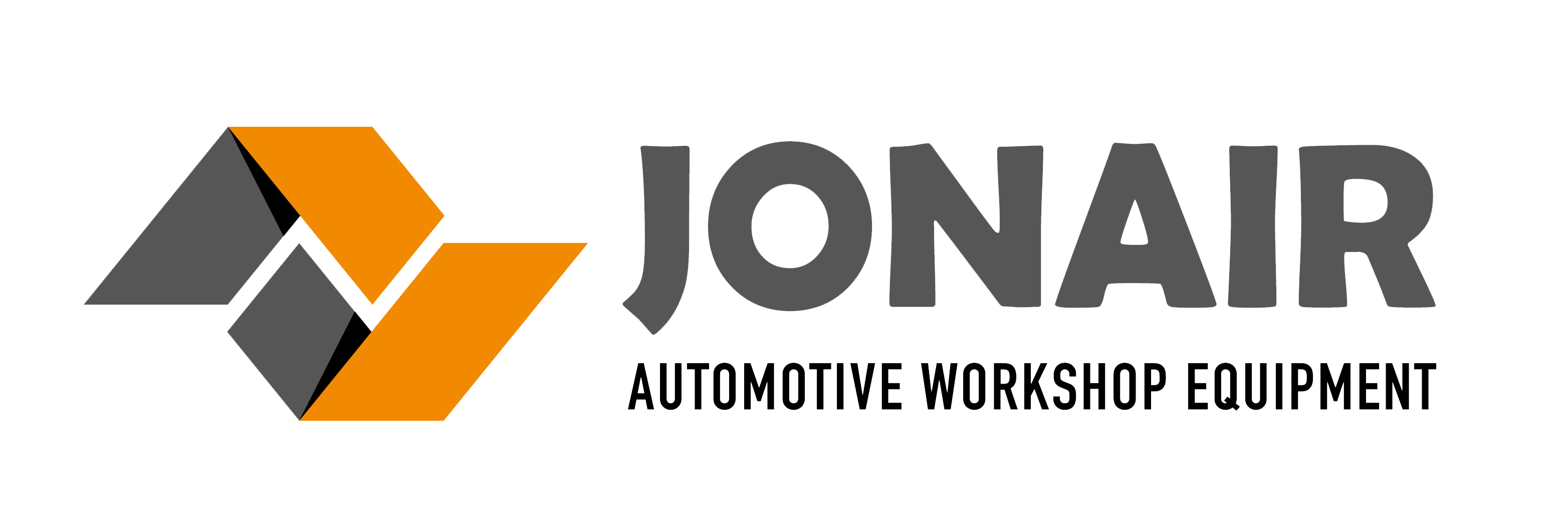

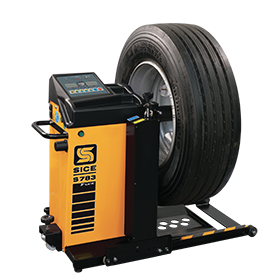
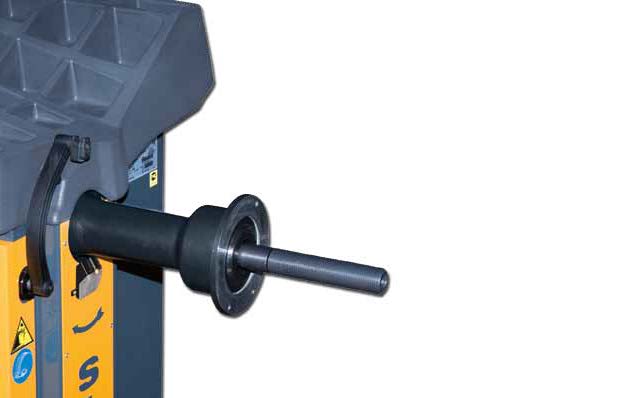 Spin Unit
Spin Unit
